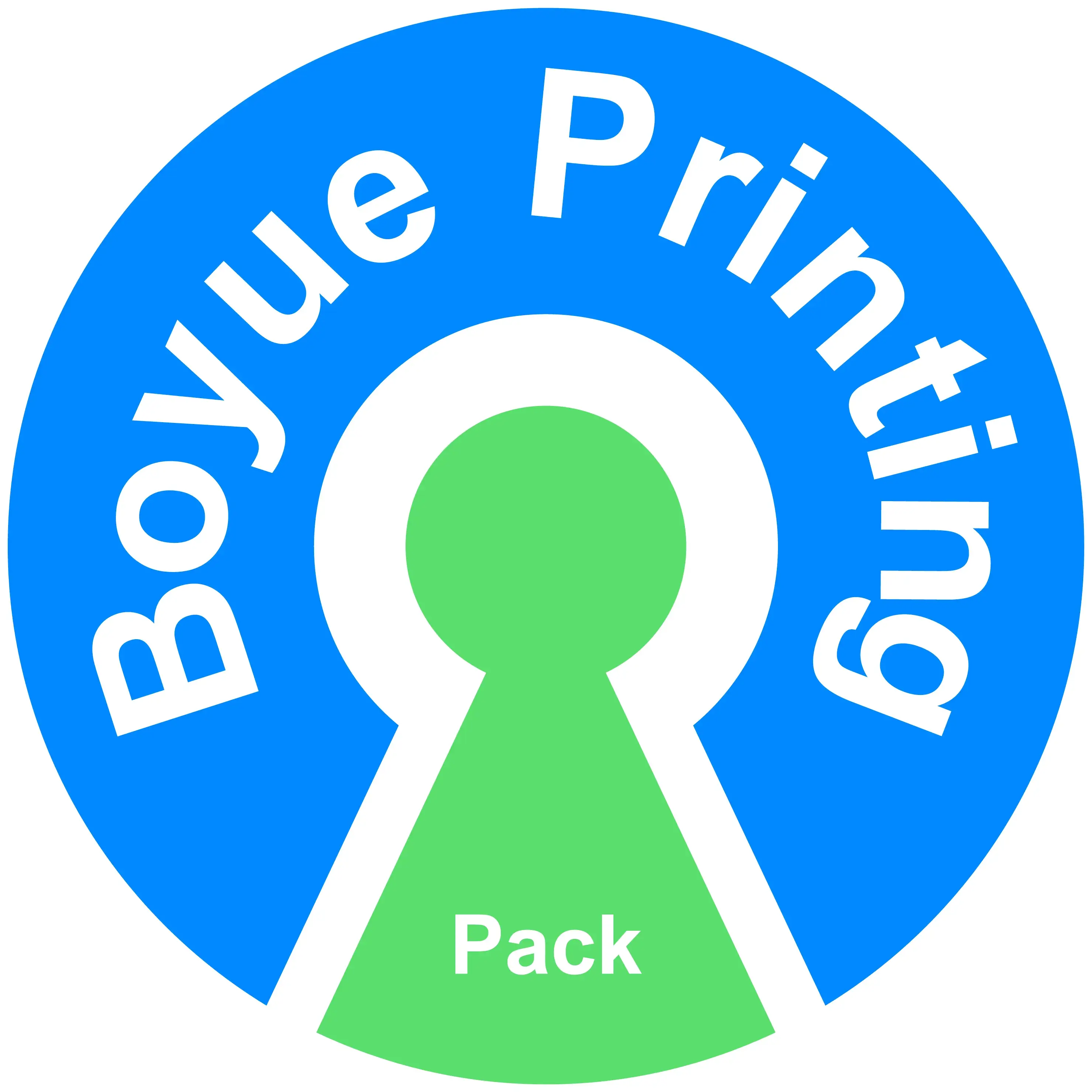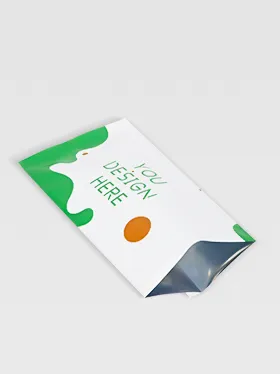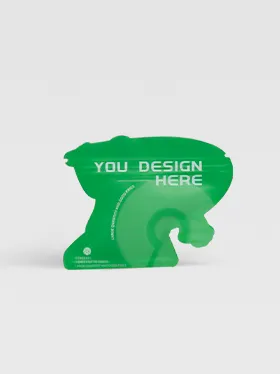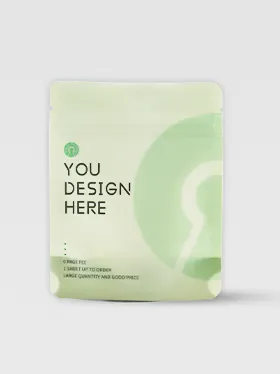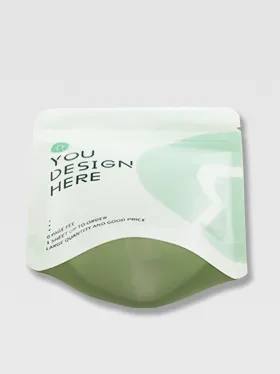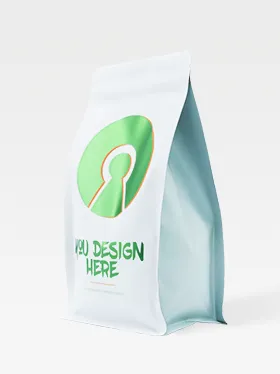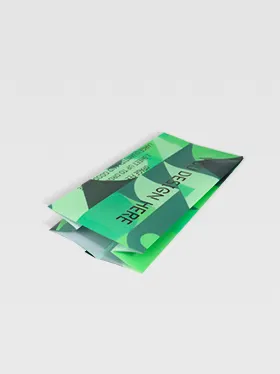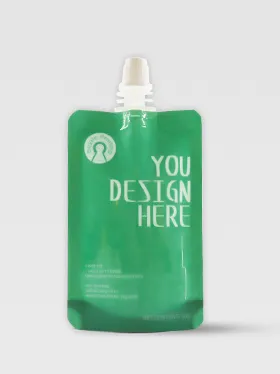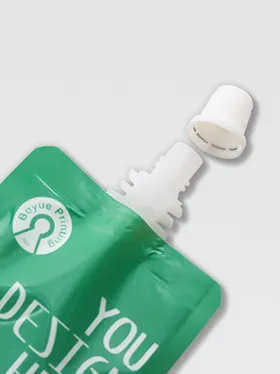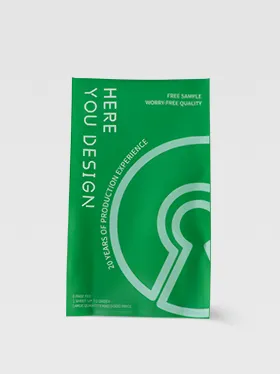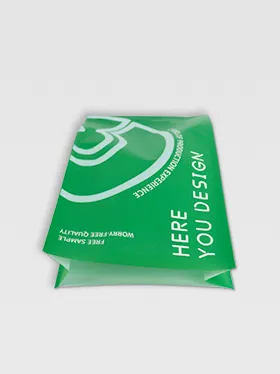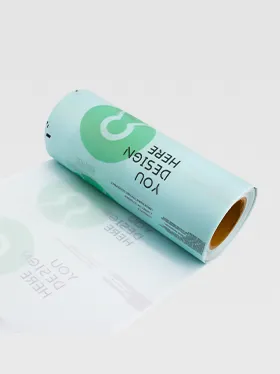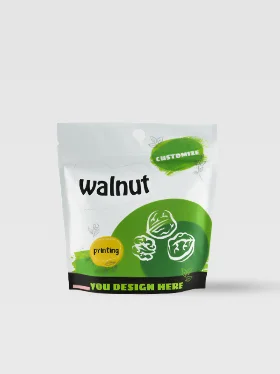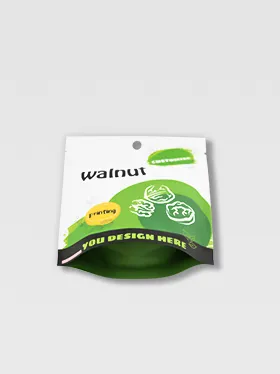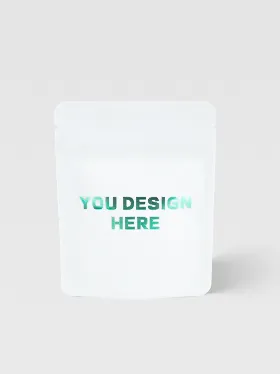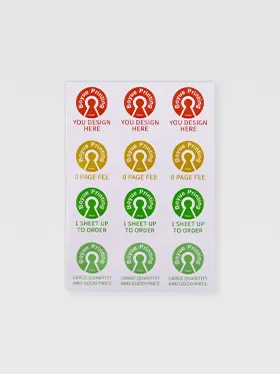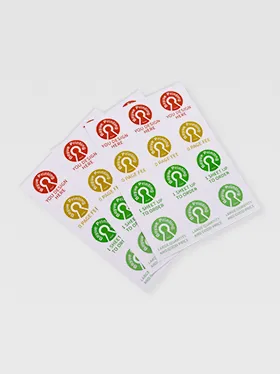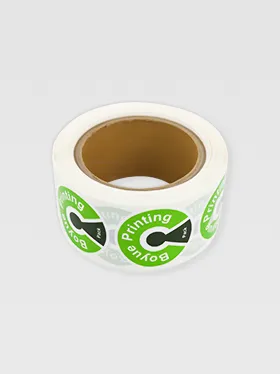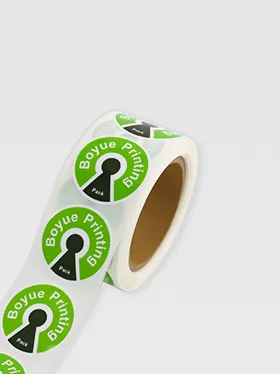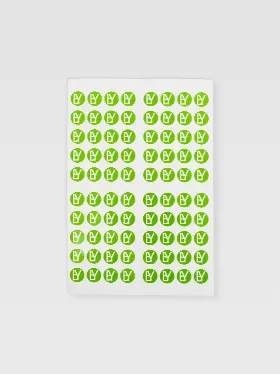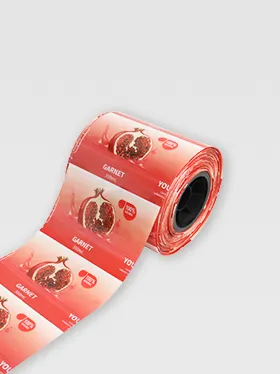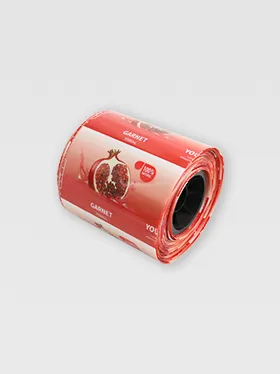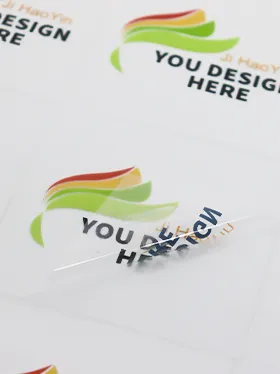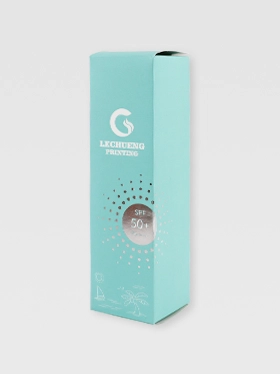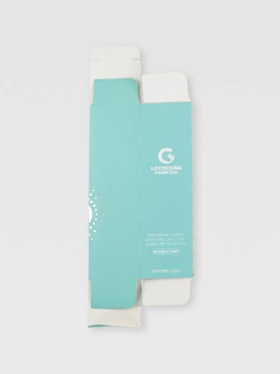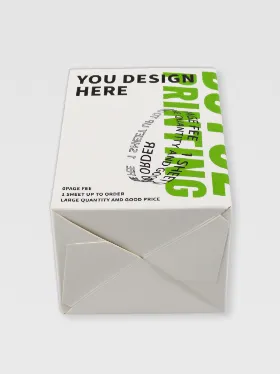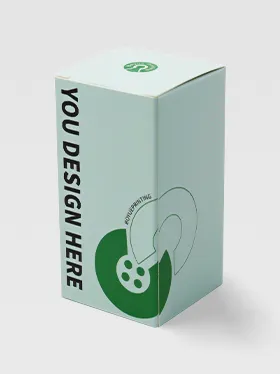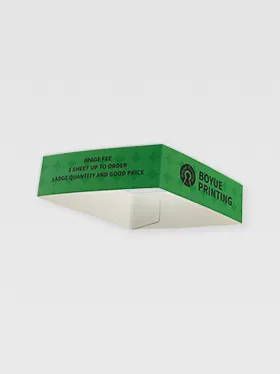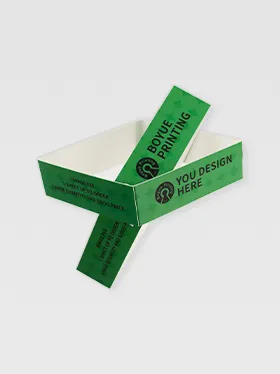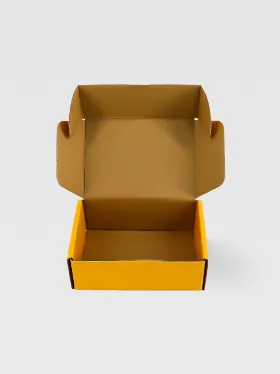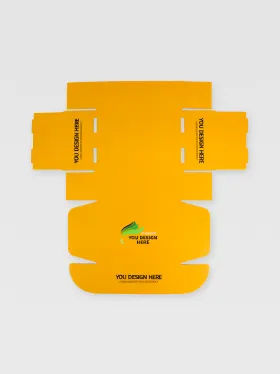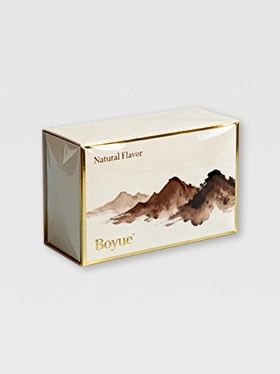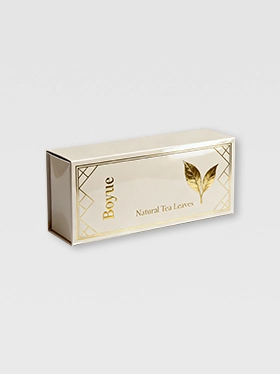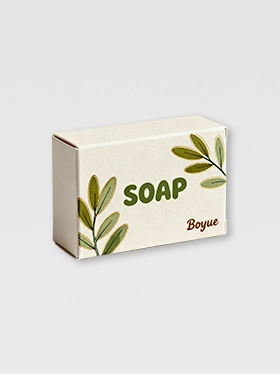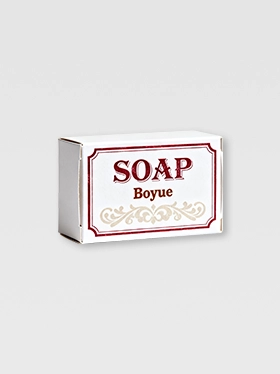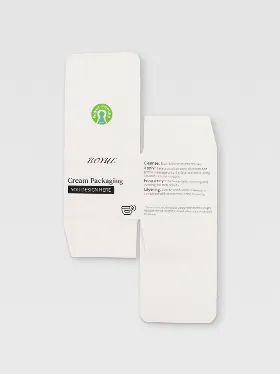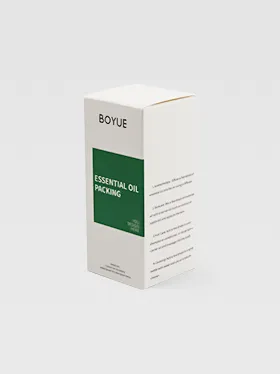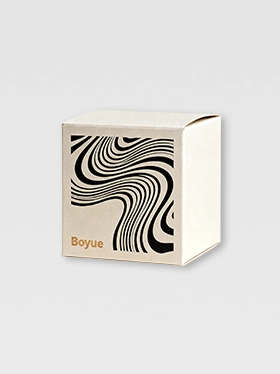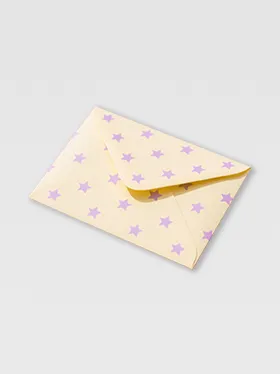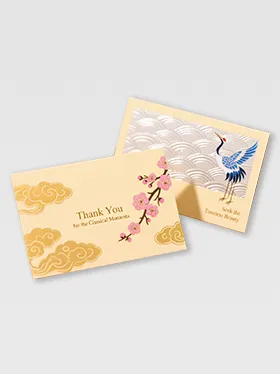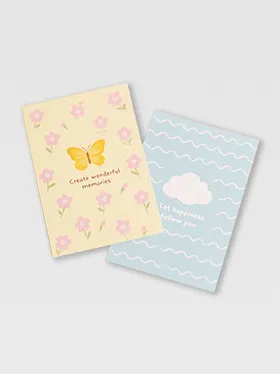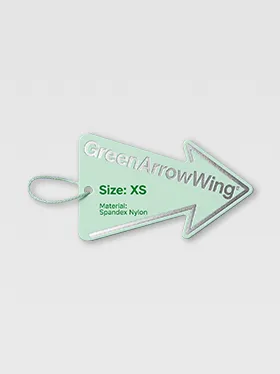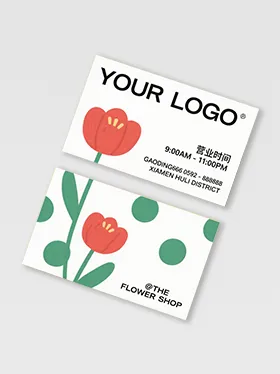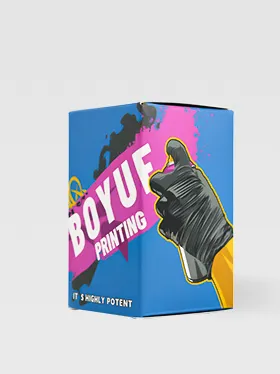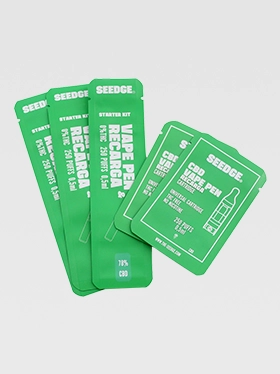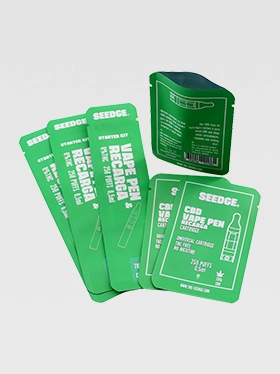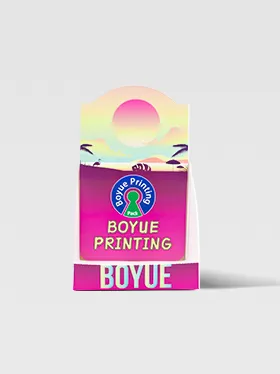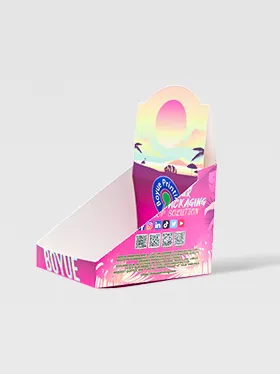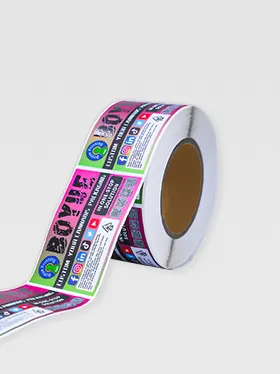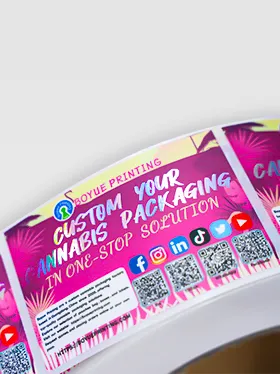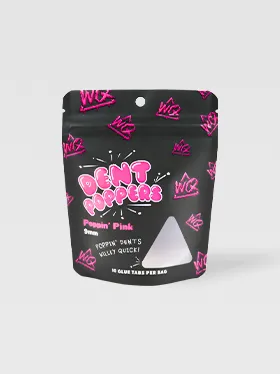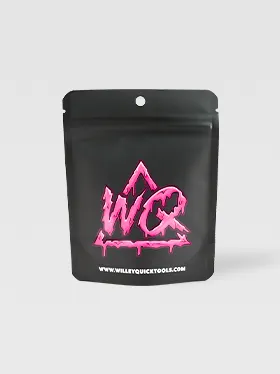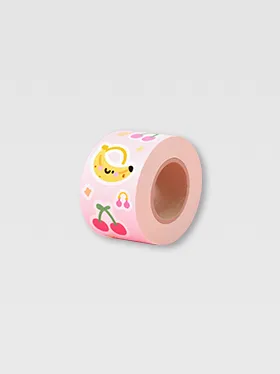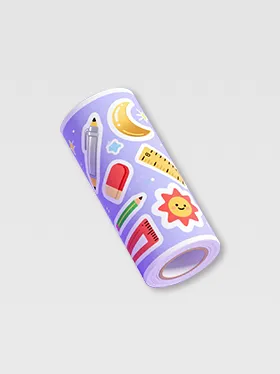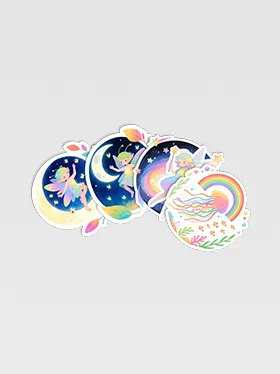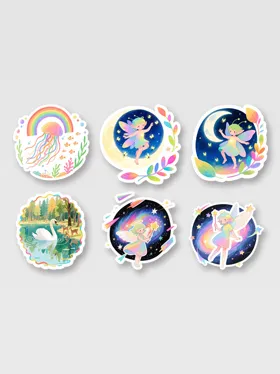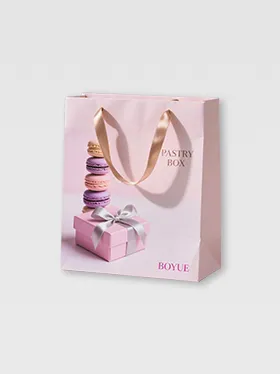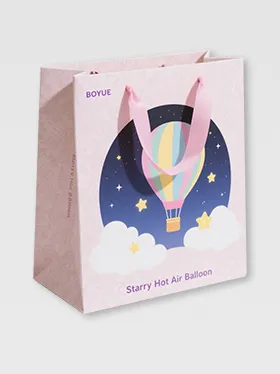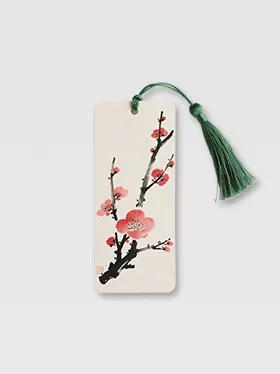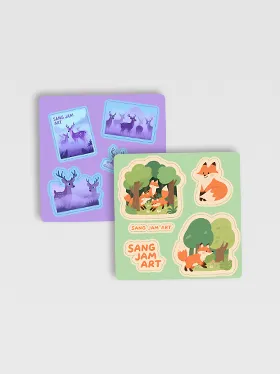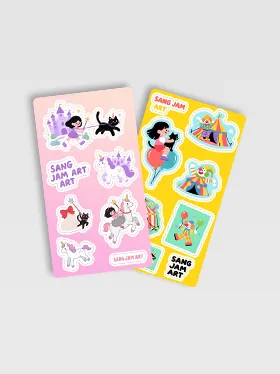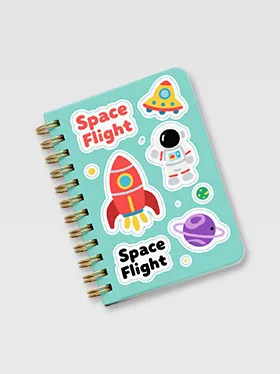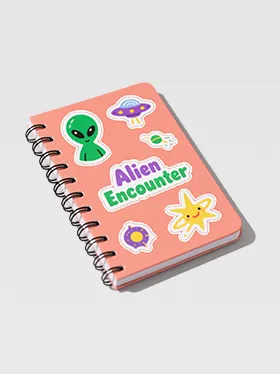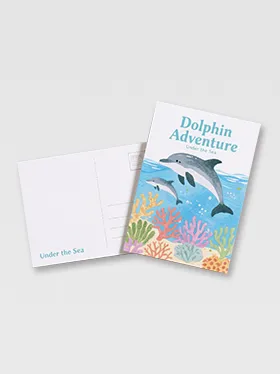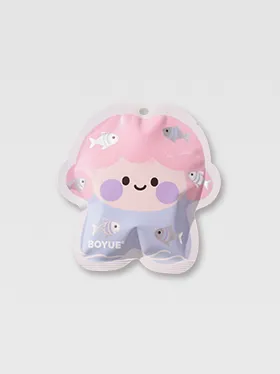
Custom Pouches

Stickers & Labels

Custom Boxes

Custom Cards

Cannabis Packaging

Stationery Series
Didn't find the right type?
Online Contact!

0086:18926054779
By Type
By Material
By Use
By Feature
Search
Cart
- Summary
- Orders
- My samples
- Discount
- Artworks
- Favorites
- Payment
- After-sales
- Notifications
- Setting
- Log out
Design & Guides
2024/05/17
Stick Pack vs Sachet
Tag:
#Stick Pack
#Sachet Packaging
#Product Packaging
Share:
Introduction
Packaging plays a crucial role in the marketing of products, and two common types of packaging often used are stick packs and sachets. Stick packs are slim, elongated packets often used for single-serve products like drink mixes, while sachets are small, flat packets typically used for condiments or spices. Choosing the right packaging for products is essential for ensuring proper protection, convenience for consumers, and efficient presentation. In this blog, we will explore the differences between stick packs and sachets and the importance of selecting the appropriate packaging for various products.
What is Sachet Packaging?
Sachet packaging refers to the practice of using small packets or pouches to store and distribute various products. These packets are typically made of materials like plastic or foil and can be easily torn or opened for convenient access to the contents.
Common uses of sachet packaging can be seen in a variety of industries, including food and beverage, pharmaceuticals, personal care products, and more. In the food industry, sachets are commonly used to package condiments, seasonings, and instant drink mixes. In the pharmaceutical industry, sachets are often used to package single doses of medications or supplements. In personal care products, sachets are popular for packaging shampoo, lotion, and other liquid products.
One of the main advantages of sachet packaging is its convenience. The small, single-use packets are easy to carry and use on-the-go, making them ideal for busy consumers who value portability. Sachet packaging also helps to reduce product waste, as users can easily dispense the exact amount they need without the risk of over-pouring or spilling. Additionally, sachet packaging is cost-effective for manufacturers, as it requires less material and resources compared to traditional packaging methods.
What is Stick Pack Packaging?
Stick pack packaging refers to a type of single-serve packaging that is long and slender in shape, resembling a stick. This type of packaging is typically made from flexible film materials and is commonly used for packaging powdered or liquid products.
The benefits of stick pack packaging are numerous, with convenience and functionality being at the top of the list. Stick packs are easy to carry and store, making them perfect for on-the-go consumption. They also offer precise dosing, ensuring that consumers receive the correct amount of product each time. Additionally, stick pack packaging enhances product freshness and extends shelf life due to its efficient barrier properties.
Some examples of products commonly packaged in stick packs include single-serve coffee, energy drinks, condiments, and health supplements. The narrow design of stick packs makes them an ideal choice for packaging a wide range of products, offering consumers a convenient and portable option for enjoying their favorite products.
Key Differences Between Stick Pack and Sachet Packaging
Size and shape differences:
Stick packs are elongated, slim packages that are perfect for single-serve products such as drink mixes or supplements. Sachets, on the other hand, are typically larger and more flexible in shape, making them ideal for powders, liquids, or solids.
Packaging materials used:
Stick packs are often made from materials like foil or plastic, allowing for easy tear-open functionality. Sachets can be made from a variety of materials including paper, plastic, or a combination of both, providing versatility in packaging options.
Design and branding opportunities:
Stick packs offer a sleek and customizable design that is perfect for showcasing branding and product information. Sachets allow for more surface area and creative freedom in design, making them a popular choice for marketing campaigns and promotions.
Dispensing and usage differences:
Stick packs are convenient for on-the-go consumers, as they are easy to tear open and dispense directly into a bottle or cup. Sachets are more versatile in usage, as they can be torn open or resealed for multiple servings, making them suitable for products that require portion control.
Advantages of Stick Pack Packaging
Stick pack packaging offers numerous advantages for both consumers and manufacturers alike. One key advantage is the convenient portion control and on-the-go consumption it provides. The slim, elongated shape of stick packs makes them easy to carry and consume while on the move, making them ideal for busy lifestyles.
Additionally, stick packs offer enhanced product protection and preservation. The sealed, airtight packaging helps to keep products fresh for longer periods of time, reducing the risk of spoilage or contamination. This is particularly important for products that are sensitive to light, moisture, or air exposure.
Furthermore, stick packs are designed for easy opening and use, reducing product wastage. The tear-open design allows for quick and effortless access to the product inside, minimizing the chances of spills or mess. This user-friendly aspect not only enhances the overall consumer experience but also helps to maximize product usage and minimize waste.
Advantages of Sachet Packaging
Sachet packaging is a cost-effective solution for small quantities of products, making it a popular choice for businesses looking to reduce packaging costs. Its compact size and lightweight design make it an economical option for companies looking to package small amounts of products efficiently.
In addition to being cost-effective, sachet packaging is also a versatile option for various industries such as food and beverage, pharmaceuticals, cosmetics, and more. Its flexible design allows for easy customization to meet the specific needs of different products, making it a popular choice for businesses looking for a packaging solution that can adapt to different types of products.
Furthermore, sachet packaging offers customizable design options for branding and marketing purposes. Businesses can easily print their logo, product information, and other branding elements on sachets, making it a great way to promote their products and attract customers. With sachet packaging, businesses can effectively showcase their brand and create a memorable impression on consumers.
Disadvantages of Stick Pack Packaging
Stick packs are a convenient and portable packaging option for single-serve products; however, they do come with some disadvantages. One major drawback is their limited capacity for larger quantities of products. Stick packs are typically smaller in size, making it challenging to package larger amounts of product.
Another challenge with stick pack packaging is the efficiency of filling and sealing the packs. The narrow shape of stick packs can make it difficult to fill them accurately and seal them securely, leading to potential product spillage or contamination.
In addition, stick pack packaging generally incurs higher production costs compared to sachet packaging. The specialized equipment required for filling and sealing stick packs, along with the higher quality materials needed to ensure the packs’ integrity, can drive up production expenses.
While stick pack packaging offers convenience and portability, it is important to consider these disadvantages when deciding on the best packaging option for your product.
Disadvantages of Sachet Packaging
While sachet packaging offers convenience and cost-effectiveness, there are several disadvantages associated with this type of packaging. One major drawback is the limited resealability options for multi-use products. Once a sachet is opened, it is difficult to securely seal it for later use, leading to potential product waste.
Additionally, sachets are susceptible to tampering and contamination due to their easily accessible design. This can raise concerns about product safety and quality, especially in industries where hygiene is a priority.
Furthermore, sachet packaging contributes to environmental concerns related to single-use packaging. The packaging material used in sachets is often not recyclable and ends up in landfills, adding to the growing issue of plastic waste. As consumers become more conscious of their environmental impact, the single-use nature of sachet packaging may deter some from purchasing products packaged in this format.
Considerations for Choosing Between Stick Pack and Sachet Packaging
When deciding between stick pack and sachet packaging for your products, it is important to take into consideration the specific characteristics of your product and its packaging requirements. Stick packs are ideal for products that require controlled dispensing, such as powders or liquid concentrates. Sachets, on the other hand, are better suited for single-use packaging of products like sauces, creams, or wipes.
Additionally, you should consider the preferences of your target market and how the packaging will affect the overall user experience. Stick packs offer convenience and portability for on-the-go consumers, while sachets may be preferred by those looking for easy tear-and-use packaging. Understanding the habits and preferences of your customers can help guide your decision between the two packaging options.
Lastly, cost and production efficiency considerations should also play a role in your decision-making process. Stick packs may be more cost-effective for high-volume production runs, while sachets are often more versatile and can accommodate a wider range of product sizes and shapes. Evaluating the long-term costs and production capabilities of each packaging option will help you determine the best choice for your product.
Case Studies: Successful Implementations of Stick Pack and Sachet Packaging
Stick Pack Packaging:
- Nestle Nescafe: Nestle Nescafe has successfully utilized stick-pack packaging for its instant coffee products, offering convenient and single-serve options for consumers on the go.- RXBAR: This popular protein bar brand uses stick-pack packaging for their portable snack bars, making it easy for consumers to fuel up with a healthy and satisfying snack.
Sachet Packaging:
- Dove: The skincare brand Dove has seen success with sachet packaging for sample sizes of its popular beauty products, allowing consumers to try before committing to a full-size purchase.- Pantene: Pantene has effectively used sachet packaging for its hair care products, offering affordable and travel-friendly options for consumers to experiment with different formulas.
Consumer Feedback and Market Response:
- Consumers appreciate the convenience and portability of stick pack and sachet packaging, especially for products that are consumed on-the-go.- The market has responded positively to these innovative packaging solutions, with an increasing number of brands adopting stick packs and sachet packaging for a wide range of products.- Overall, consumer feedback and market response to stick pack and sachet packaging have been largely positive, with these packaging formats proving to be effective in meeting the needs and preferences of today’s busy consumers.
Future Trends in Stick Pack and Sachet Packaging
The future of stick pack and sachet packaging is headed towards adopting sustainable materials and eco-friendly options. As consumers become more environmentally conscious, brands are focusing on reducing their carbon footprint and utilizing recyclable and biodegradable packaging materials.
Additionally, the integration of smart packaging technology is on the rise. This allows for enhanced user experiences through features like QR codes for product information, freshness indicators, or even interactive packaging that engages consumers in new ways.
Personalized packaging solutions are also a key trend in the industry. Brands are turning to targeted marketing and customization to appeal to specific demographics and create a unique packaging experience for consumers. This creates a more memorable and enjoyable product experience, leading to increased customer loyalty and brand recognition.
In conclusion, when comparing stick pack and sachet packaging, it is important to consider the key differences such as convenience, portion control, and branding opportunities. Selecting the right packaging option is crucial for the overall success of a product, as it can impact consumer perception and usability. As technology and consumer preferences continue to evolve, the future of packaging innovations looks promising with potential improvements in sustainability, functionality, and design. Staying updated on packaging trends and advancements will be essential for companies looking to stay competitive in the market.
Share:
Recommended article
Related products
Categories
Not sure what to choose?
Skip the calculator. Our packaging team is here to guide you.
Talk to an Expert
Not sure what to choose?
Skip the calculator. Our packaging team is here to guide you.
Talk to an Expert
Not sure what to choose?
Skip the calculator. Our packaging team is here to guide you.
Talk to an Expert
Not sure what to choose?
Skip the calculator. Our packaging team is here to guide you.
Talk to an Expert
Not sure what to choose?
Skip the calculator. Our packaging team is here to guide you.
Talk to an Expert
Not sure what to choose?
Skip the calculator. Our packaging team is here to guide you.
Talk to an Expert

Ready to upgrade your packaging?
